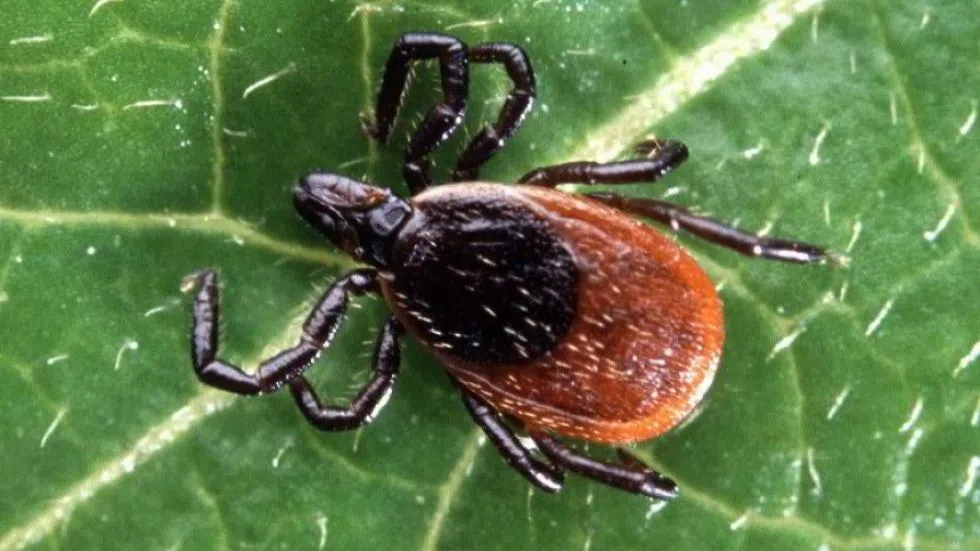
Beware of ticks this spring: parasitologist
Ticks are most common at this time of year, so it’s important to be vigilant and protect yourself from the biting pests while enjoying the outdoors.
Late May to early June is when ticks are most active, according to Brent Wagner, a parasitologist at the University of Saskatchewan. In recent years, Wagner said ticks have been more commonly found in the Prince Albert area and northern regions.
Over the last eight years, provincial surveillance teams have collected and counted 26,000 ticks across Saskatchewan, Wagner said, with just 65, or less than one per cent, being of the black-legged variety, the type known to carry lyme disease. Wagner said the risk of contracting the disease from a tick bite is low, as most of the ticks found across Saskatchewan are the American dog tick, a more common variety that doesn’t transmit the disease.
“These strange ticks come up north on migrating birds from the United States and they fall off,” Wagner said. “Lyme disease, although it is potentially around, it is exceedingly rare in the province.”


